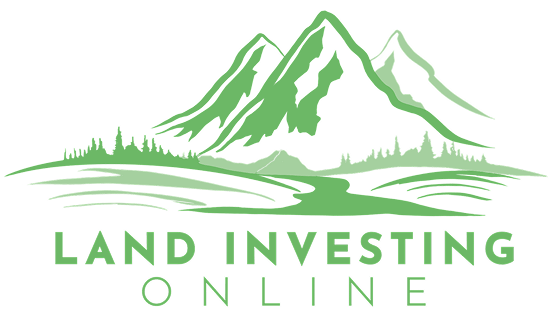Your 2026 Starts Now: How to Thrive in Today’s Changing Land Market
Common Terminology Every Land Investor Needs to Know

As we approach 2026, the land investing landscape looks much different than it did just a few years ago. The explosive boom of 2020–2022 has cooled, and appreciation has slowed across most markets. But for strategic investors, this shift presents one of the best buying environments we’ve seen in years.
Instead of competing with fast flippers chasing inflated prices, patient, well-prepared investors are finding motivated sellers and strong margins. The key is understanding how the market has changed, and how to adapt your strategy to match.
The Market Is Shifting
There’s a clear pattern emerging as we head into the final months of 2025: more sellers are looking to liquidate their land holdings for cash. Between end-of-year tax obligations, tighter household budgets, and general economic uncertainty, many property owners are seeking quick, clean exits.
For investors who can move decisively, this means increased opportunity. Land, unlike stocks or cryptocurrency, isn’t a liquid asset. Sellers can’t just press a button and convert their property into cash.
That’s where professional buyers step in. According to the Active Acres 2025 Land Market Trends Report, vacant and recreational land appreciation has slowed compared to peak years, but transaction volume remains steady.
Buyers and sellers are still active, they’re simply prioritizing speed and certainty over squeezing out every last dollar of profit. In many counties across the U.S., investors are acquiring quality parcels for 35%–40% of market value, sometimes even less when negotiations are strong.
Those numbers are creating real opportunities for well-structured deals that can support multiple exit strategies.

Double Closing: A Smart Strategy for Today’s Market
One of the most effective strategies in this environment is double closing, buying and selling a property nearly simultaneously. Here’s how it works: an investor lines up an end buyer first, then completes two back-to-back closings.
The buyer’s funds cover the initial purchase, allowing the investor to keep the profit spread without ever needing to finance the acquisition directly. This approach is particularly valuable in today’s market because sellers want cash up front. Many are tired of long negotiations and delayed closings.
By presenting yourself as a serious, ready buyer, even when your end buyer is funding the transaction, you make your offer far more appealing.
The benefits don’t end there. Because you’re not holding the property long term, you avoid additional costs like taxes, insurance, and marketing expenses. You can also afford to operate on slightly thinner spreads, flipping more deals and recycling your capital faster.
In short, double closing helps both sides:
- Sellers get what they need, cash and speed.
- Investors get clean, fast profits and an open pipeline for reinvestment.

Seller Financing: Building Cash Flow While Helping Buyers
In high-interest environments, traditional lending becomes harder for land buyers to access, and that’s where seller financing shines. By offering flexible payment terms, you can attract a larger pool of buyers and often sell at a higher total price.
The setup is simple:
- Purchase a parcel below market value.
- Resell it with a modest down payment and manageable monthly installments.
- Enjoy immediate profit plus ongoing cash flow.
For example, purchasing a property for $8,000 and reselling it for $22,000 with $2,000 down and $350 per month creates both instant equity and passive income for years to come.
According to Active Acres’ 2025 Report, seller notes, lease-to-own structures, and other creative finance options have become key drivers of vacant land sales across many U.S. markets. For investors, these approaches provide income stability even when appreciation slows.

Negotiate Hard and Lead with Empathy
In a shifting market, negotiation is your most valuable skill. Sellers need investors more than investors need sellers right now, and that creates leverage for disciplined buyers.
Stay firm on your numbers. If a deal doesn’t fit your model or margin requirements, move on. With more inventory and motivated sellers available, there’s no reason to chase borderline deals.
At the same time, effective negotiation isn’t about being aggressive, it’s about being empathetic. Understand why a seller wants to sell. Maybe they need the cash for taxes, debt relief, or a life transition. When you can clearly show how your offer solves their problem, your close rate will rise dramatically.
Every dollar you save on the acquisition side compounds your returns when it’s time to sell.

The Bottom Line: Flexibility Wins
While the market has cooled from its peak, the fundamentals of land investing remain strong. Smart investors who adapt, using double closings, seller financing, and disciplined negotiation, are setting themselves up for exceptional results.
2026 is just around the corner, and the groundwork for success starts now. The land you acquire and the systems you refine in the coming months will define your business for years to come.
This isn’t the time to pause, it’s the time to get sharper, move faster, and take advantage of one of the most opportunity-rich markets we’ve seen in recent memory.

Chat with a
land investing
advisor
Discuss any questions you have about land investing, our online community or courses!

